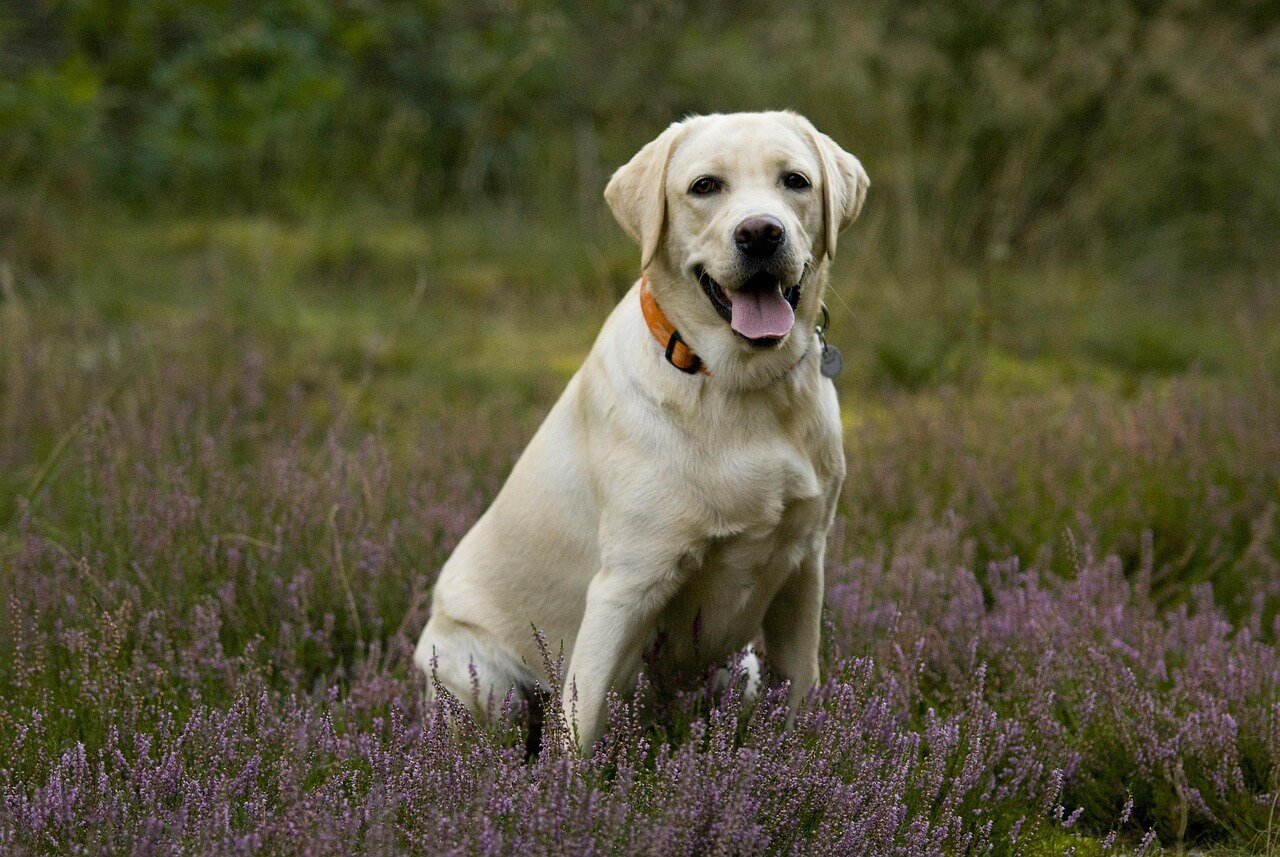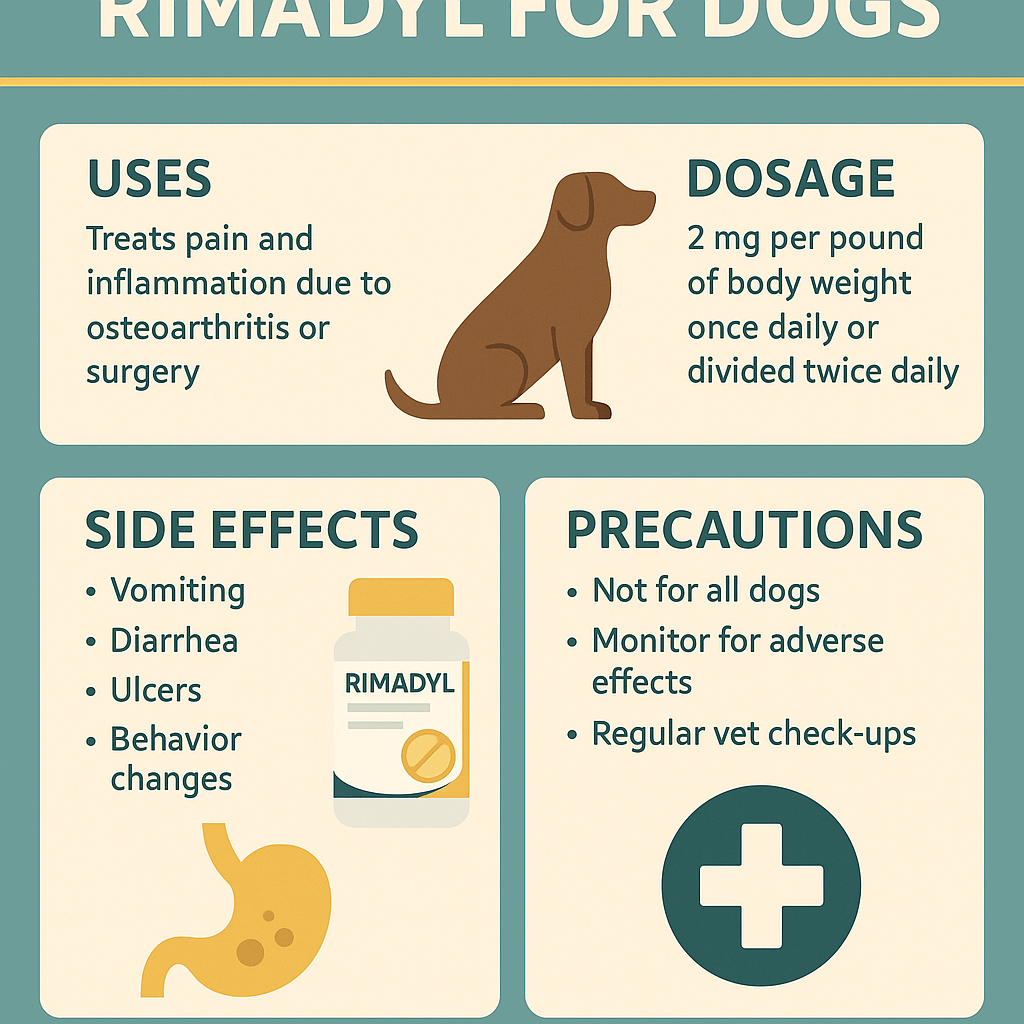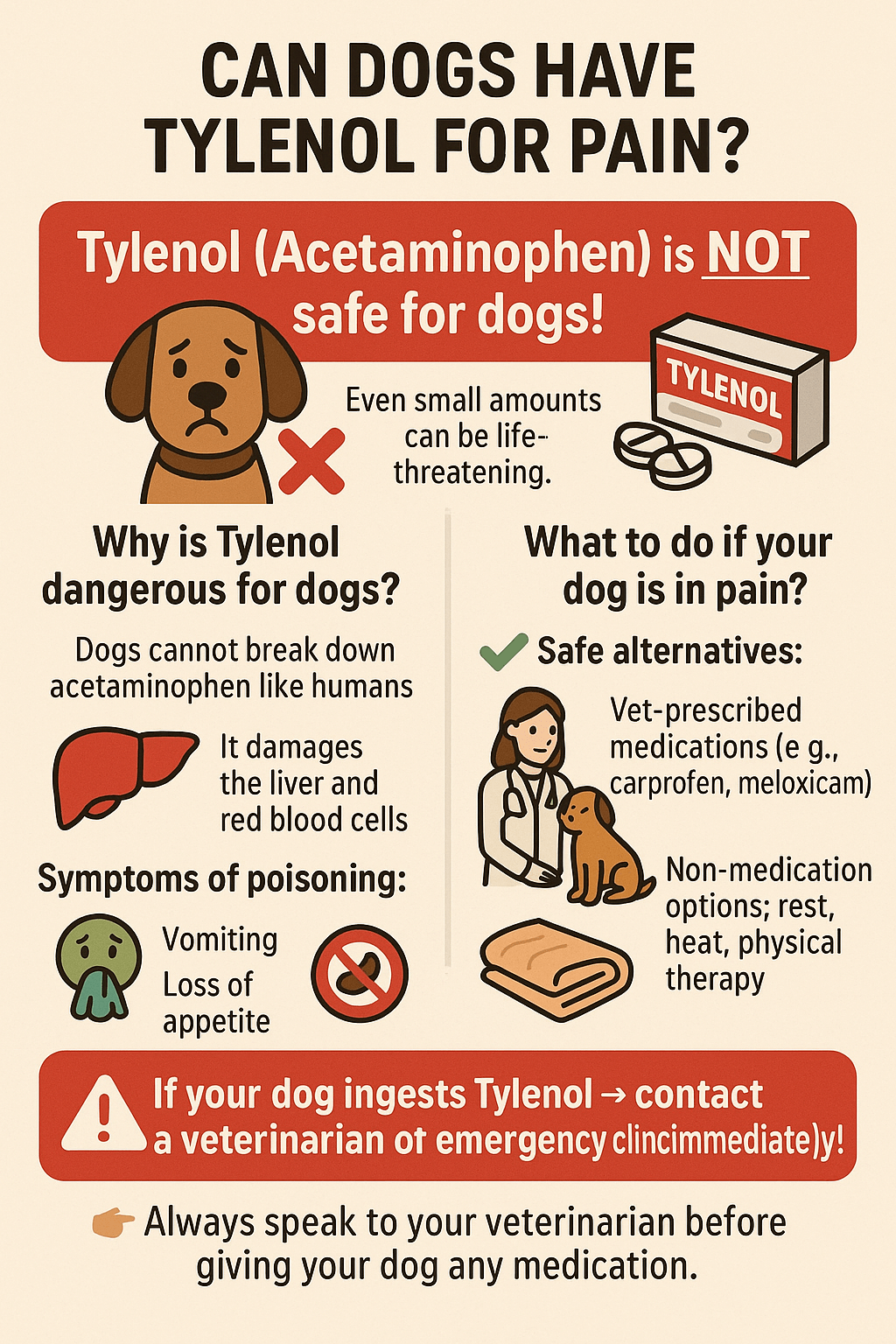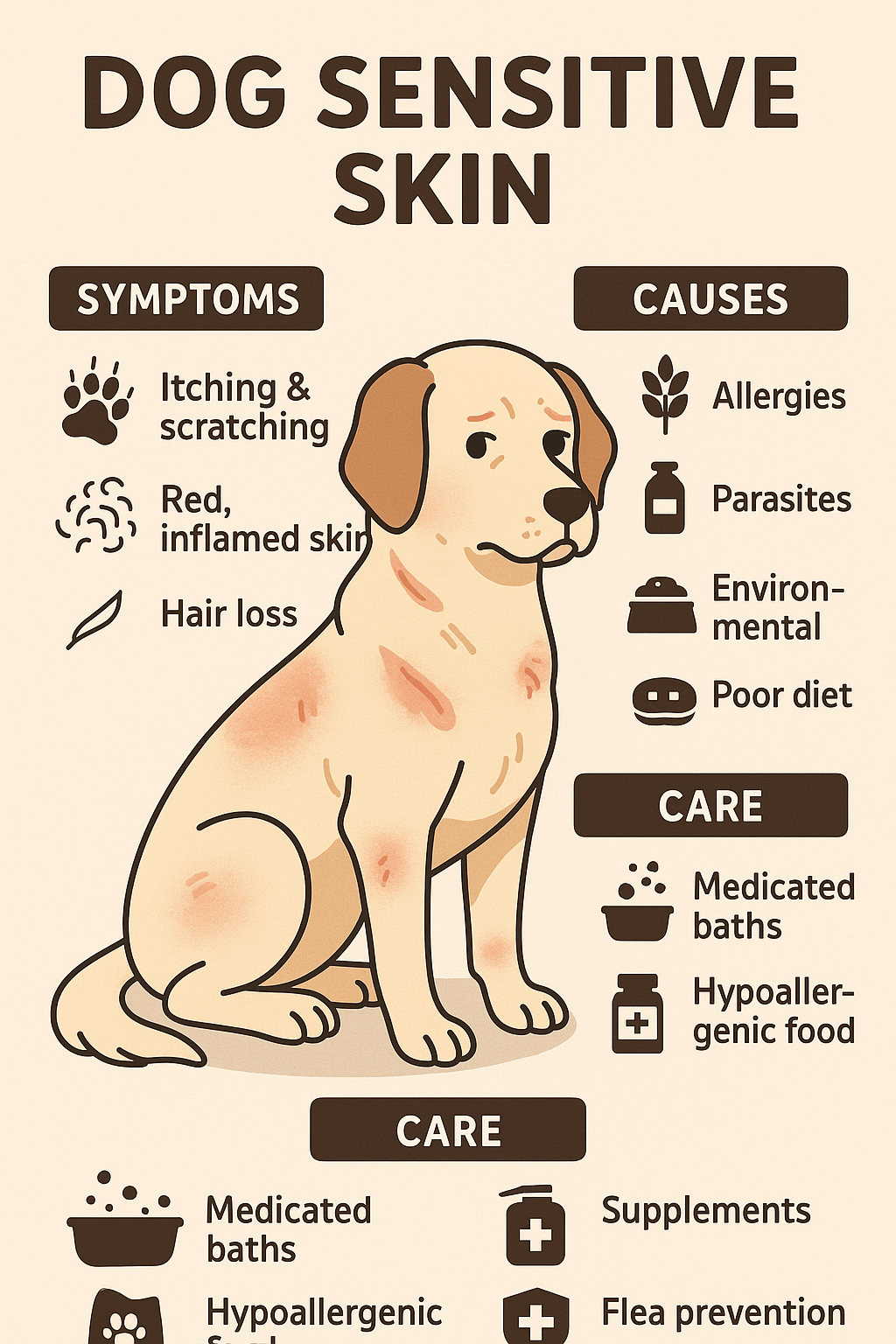Can Puppies Use Dog Shampoo? A Guide for New Pet Owners
Bathing your puppy for the first time can feel like a daunting task, especially when it comes to choosing the right products. Many new pet owners wonder whether it’s safe to use regular dog shampoo on their young furry friends. While puppies do need baths to stay clean and healthy, their sensitive skin requires special attention. Using the wrong shampoo could lead to irritation, dryness, or even allergic reactions. In this guide, we’ll explore everything you need to know about bathing your puppy safely, including when and how to use dog shampoo, alternative options, and tips for maintaining their coat’s health. With the right knowledge, you can ensure your puppy stays happy, healthy, and squeaky-clean!
Key Considerations Before Using Dog Shampoo on Puppies
Before reaching for that bottle of dog shampoo, it’s important to consider a few factors to ensure your puppy’s safety and comfort. Their skin is much more delicate than an adult dog’s, so extra care is essential. Here are some key points to keep in mind:
Age Matters : Most veterinarians recommend waiting until a puppy is at least 8-12 weeks old before using any shampoo, including dog-specific formulas.
Skin Sensitivity : Puppies have thinner and more sensitive skin, making them prone to irritation from harsh chemicals or fragrances.
Product Ingredients : Look for shampoos labeled as “puppy-safe” or “tear-free,” as these are formulated for their delicate needs.
Frequency of Baths : Over-bathing can strip your puppy’s skin of natural oils, leading to dryness and discomfort. Limit baths to once every 3-4 weeks unless otherwise advised.
Consult Your Vet : If you’re unsure about a product, ask your veterinarian for recommendations tailored to your puppy’s breed and skin type.
By keeping these considerations in mind, you can make informed decisions about bathing your puppy and avoid potential risks.
Signs Your Puppy’s Skin Is Reacting Poorly to Shampoo
Even with careful selection, some puppies may still experience adverse reactions to certain shampoos. Recognizing the signs early can help you address the issue promptly and prevent further discomfort.
Redness or Irritation : Look for patches of red, inflamed skin after bathing, which indicate sensitivity or an allergic reaction.
Excessive Scratching : If your puppy is scratching more than usual, it could be a sign of itchiness caused by the shampoo.
Dry or Flaky Skin : Overuse of harsh shampoos can lead to dryness and flakiness, even in puppies.
Odor Changes : A lingering unpleasant smell after bathing might suggest an imbalance in their skin’s natural oils.
Behavioral Changes : If your puppy seems unusually restless or uncomfortable, it could be linked to skin irritation.
If you notice any of these signs, discontinue use of the shampoo immediately and consult your veterinarian for advice.
Check this guide 👉Top 5 Best Dry Dog Shampoos for Ultimate Freshness!
Check this guide 👉Top 5 Best Antifungal Dog Shampoos for Ultimate Skin Relief!

Puppy-Safe Bathing Tips | Ingredients to Avoid in Shampoo |
|---|---|
Use lukewarm water | Artificial fragrances |
Bathe only when necessary | Sulfates |
Rinse thoroughly | Parabens |
Pat dry instead of rubbing | Alcohol-based ingredients |
Choose tear-free formulas | Harsh detergents |
Alternatives to Regular Dog Shampoo for Puppies
If you’re hesitant to use regular dog shampoo on your puppy, there are several alternatives designed specifically for their sensitive skin. These options provide gentle cleansing without compromising their health.
Puppy-Specific Shampoos : Formulated with mild ingredients and pH-balanced for young dogs.
Oatmeal-Based Shampoos : Soothe irritated skin and reduce itching, making them ideal for sensitive puppies.
Natural or Organic Shampoos : Free from synthetic chemicals, these shampoos are less likely to cause reactions.
Waterless Shampoos : Perfect for spot cleaning or when full baths aren’t feasible, these sprays or foams clean without water.
Homemade Solutions : Mixes like diluted baby shampoo or apple cider vinegar with water can work in emergencies (consult your vet first).
These alternatives offer safe and effective ways to keep your puppy clean while protecting their delicate skin.
Tips for Bathing Your Puppy Safely and Comfortably
Bathing your puppy doesn’t have to be stressful—for you or your furry friend! With a little preparation and patience, you can make bath time a positive experience.
Create a Calm Environment : Use a non-slip mat in the tub and speak softly to reassure your puppy during the process.
Use Lukewarm Water : Avoid hot or cold water, as extreme temperatures can startle or irritate your puppy.
Focus on Key Areas : Clean dirt-prone areas like paws, belly, and ears, but avoid over-washing sensitive spots.
Keep Sessions Short : Puppies have short attention spans, so aim for quick, efficient baths.
Reward Good Behavior : Offer treats or praise after the bath to create a positive association with the experience.
By following these tips, you can turn bath time into a bonding opportunity while keeping your puppy’s coat healthy and shiny.
Steer Clear of These Errors for a Stress-Free Bath Time
Even with the best intentions, it’s easy to make mistakes when bathing your puppy. Avoiding these common pitfalls will help keep the experience positive and safe for your furry friend.
Using Too Much Shampoo : Excess product can be difficult to rinse out and may leave residue that irritates your puppy’s skin.
Skipping the Rinse : Leaving shampoo behind can cause itching and discomfort, so always rinse thoroughly.
Bathing Too Frequently : Over-bathing strips natural oils, leading to dryness and irritation. Stick to a schedule that suits your puppy’s needs.
Ignoring Their Comfort : Forcing a scared puppy into the tub can create negative associations with bath time. Take it slow and use calming techniques.
Neglecting Ear Care : Water in the ears can lead to infections, so gently clean and dry them after bathing.
By avoiding these mistakes, you’ll ensure your puppy’s bath is both effective and enjoyable, setting the stage for a lifetime of good grooming habits.
Why Investing in Puppy-Safe Shampoo Makes a Difference
Puppy-specific shampoos are formulated to meet the unique needs of young dogs, offering several advantages over regular dog or human shampoos. Here’s why they’re worth the investment:
Gentle Cleansing : Designed to clean without stripping essential oils from your puppy’s delicate skin.
pH-Balanced Formula : Matches the natural pH of a puppy’s skin, reducing the risk of irritation.
Tear-Free Formulas : Prevents stinging and discomfort around the eyes during bath time.
Natural Ingredients : Often free from harsh chemicals, making them safer for sensitive puppies.
Moisturizing Properties : Helps maintain soft, healthy skin and a shiny coat.
Choosing a shampoo specifically made for puppies ensures their skin stays healthy and irritation-free, giving you peace of mind during bath time.
Key Features to Look for When Shopping for Shampoo
With so many options on the market, selecting the right shampoo for your puppy can feel overwhelming. Here are some key features to look for when evaluating products:
Fragrance-Free or Mild Scent : Strong fragrances can irritate sensitive skin, so opt for mild or unscented formulas.
Hypoallergenic Labeling : Indicates the product is less likely to cause allergic reactions.
Certified Organic Ingredients : Ensures the shampoo is free from harmful chemicals and synthetic additives.
Veterinarian-Recommended : Products endorsed by vets are often safer and more reliable for puppies.
Clear Instructions and Warnings : Reputable brands provide detailed usage guidelines and ingredient lists for transparency.
By prioritizing these qualities, you can choose a high-quality shampoo that keeps your puppy’s coat clean and their skin healthy without unnecessary risks.
Frequently Asked Questions About Bathing Puppies
Can I use human shampoo on my puppy?
No, human shampoo has a different pH level and can irritate your puppy’s skin. Always use products designed for dogs or puppies.
How often should I bathe my puppy?
Generally, once every 3-4 weeks is sufficient unless they get particularly dirty. Over-bathing can dry out their skin.
What if my puppy hates bath time?
Gradually introduce them to water, use positive reinforcement, and keep sessions short to build trust over time.
Are flea shampoos safe for puppies?
Some flea shampoos are safe, but always check the label for age restrictions and consult your vet before use.
Can I bathe my puppy at home, or should I go to a groomer?
You can bathe your puppy at home as long as you use the right products and techniques. Groomers can help if you’re unsure or need professional assistance.
Prioritize Your Puppy’s Comfort and Health During Bath Time
Bathing your puppy is an essential part of their grooming routine, but it’s crucial to do it safely and thoughtfully. By choosing the right products, recognizing signs of irritation, and creating a positive bathing experience, you can ensure your puppy stays clean and comfortable. Remember, their sensitive skin requires special care, so always prioritize puppy-safe options and consult your veterinarian if you’re ever unsure. With patience and the right approach, bath time can become a fun and bonding activity for both you and your furry companion.
Rimadyl for Dogs: Best 7 Expert Tips! Discover expert advice on using Rimadyl safely, managing pain, and improving your dog’s mobility with trusted veterinary insights.
Can Dogs Have Tylenol for Pain? Best 7 Expert Tips! Discover the risks, safe alternatives, and expert advice on managing your dog’s pain effectively while avoiding harmful medications.
Understanding Hemophilia in Dogs: Best 7 Expert Tips! Discover expert advice on managing hemophilia, recognizing symptoms, and ensuring your dog’s well-being with practical care strategies.
Understanding Dog Sensitive Skin: Best 7 Expert Tips! Discover expert advice on managing dog sensitive skin, relieving irritation, and improving your pup’s comfort with practical solutions.





